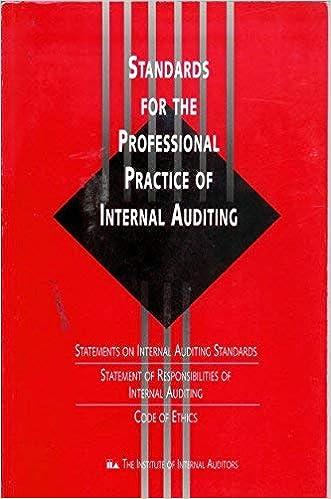Answered step by step
Verified Expert Solution
Question
1 Approved Answer
Balances for selective accounts of Sanborn Corporation at the end of 20X6 were: accounts receivable (net) 206,800; inventory 547,200; total assets 1,465,600; accounts payable 386,600



Balances for selective accounts of Sanborn Corporation at the end of 20X6 were: accounts receivable (net) 206,800; inventory 547,200; total assets 1,465,600; accounts payable 386,600 ; and stockholders' equity 641,200 . Required Perform a comprehensive ratio analysis calculating the ratios mentioned below. Round all answers to one decimal place. 1. Prepare a liquidity analysis by calculating for each year the: current ratio; acid-test ratio; receivable turnover; average collection period; inventory turnover; average inventory on hand period; accounts payable turnover; average accounts payable outstanding period (10%). 2. Prepare a profitability analysis by calculating for each year the net profit margin; asset turnover; return on total assets (using net income after taxes and ignoring interest expenses) and return on equity (10\%). After making the calculations indicate whether each ratio improved or deteriorated from 20X7 to 20X8 (use F for favorable and U for unfavorable and consider change of .1 or less to be neutral) Sanborn Corporation's condensed comparative income statement and balance sheet for 20X8 and 20X7 appears below. Balances for selective accounts of Sanborn Corporation at the end of 20X6 were: accounts receivable (net) 206,800; inventory 547,200; total assets 1,465,600; accounts payable 386,600 ; and stockholders' equity 641,200 . Required Perform a comprehensive ratio analysis calculating the ratios mentioned below. Round all answers to one decimal place. 1. Prepare a liquidity analysis by calculating for each year the: current ratio; acid-test ratio; receivable turnover; average collection period; inventory turnover; average inventory on hand period; accounts payable turnover; average accounts payable outstanding period (10%). 2. Prepare a profitability analysis by calculating for each year the net profit margin; asset turnover; return on total assets (using net income after taxes and ignoring interest expenses) and return on equity (10\%). After making the calculations indicate whether each ratio improved or deteriorated from 20X7 to 20X8 (use F for favorable and U for unfavorable and consider change of .1 or less to be neutral) Sanborn Corporation's condensed comparative income statement and balance sheet for 20X8 and 20X7 appears below
Step by Step Solution
There are 3 Steps involved in it
Step: 1

Get Instant Access to Expert-Tailored Solutions
See step-by-step solutions with expert insights and AI powered tools for academic success
Step: 2

Step: 3

Ace Your Homework with AI
Get the answers you need in no time with our AI-driven, step-by-step assistance
Get Started


